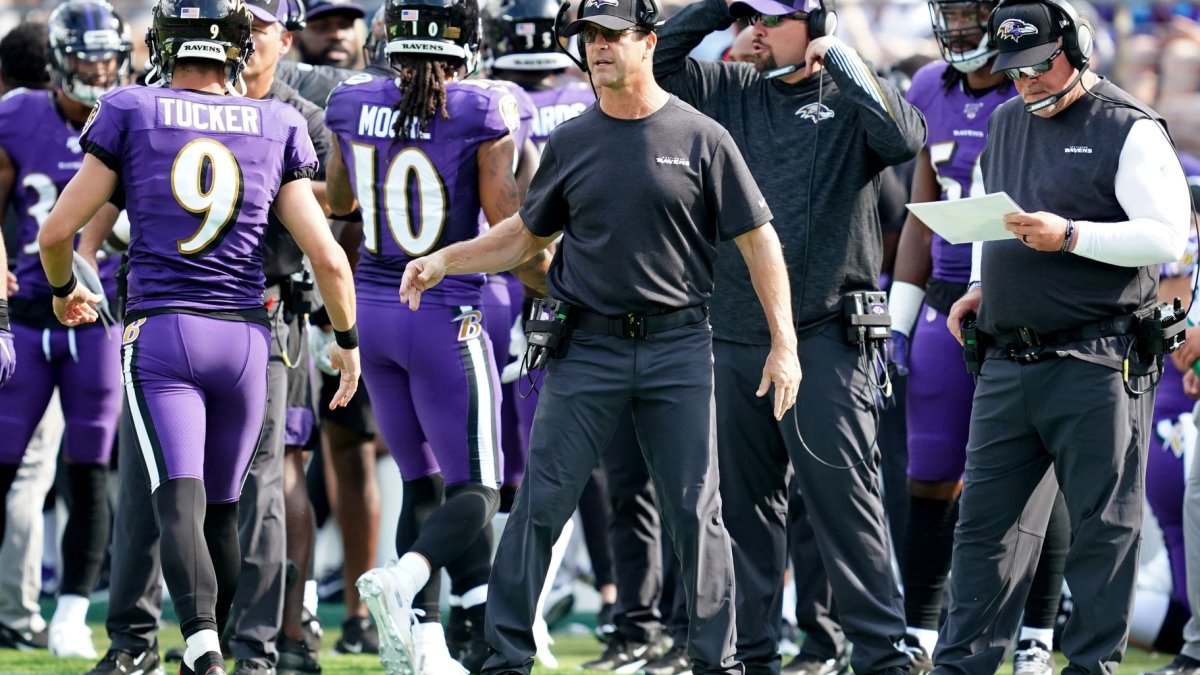Green Bay Packers quarterback Aaron Rodgers took home the NFL MVP Award in 2020, the honor given to the league’s most valuable regular-season player. It was the correct decision, per PFF’s already-established wins above replacement (WAR) metric, as the longtime Packer's 4.0 WAR ranked first among signal-callers last year, edging out other players such as Deshaun Watson, Josh Allen and Patrick Mahomes.
Of course, the MVP Award wasn't the only award handed out on Honors Night. Also given out as an award is NFL Coach of the Year, a prize that was ultimately handed to Cleveland Browns first-year head coach Kevin Stefanski after he took the Browns from 6-10 to 11-5 despite dealing with the second-most COVID-19 cases of any team.
Until now, we haven’t had a good way of measuring how many wins a coach or a coaching staff adds to a team. And that’s where a metric named Wins Over Expected Coaching (WOEC) can come into play.
PFF went about measuring head coaches by creating two different models: one that assumes they don’t have much control over the talent on their roster and one that says they do.
Parker Fleming from CFB Graphs was able to create one model when he did college football WOEC, since college football coaches have control over both their roster and the play on the field. But in the NFL, each team’s head coach has a differing amount of influence over their roster.
The first model we can look at is the one that assumes a head coach is there to just coach and is not involved in personnel decisions. Using PFF’s facet grades, we can see how the different position group performances impact wins.
Exclusive content for premium subscribers

WANT TO KEEP READING?
Dominate Fantasy Football & Betting with AI-Powered Data & Tools Trusted By All 32 Teams
Already have a subscription? Log in



 © 2025 PFF - all rights reserved.
© 2025 PFF - all rights reserved.